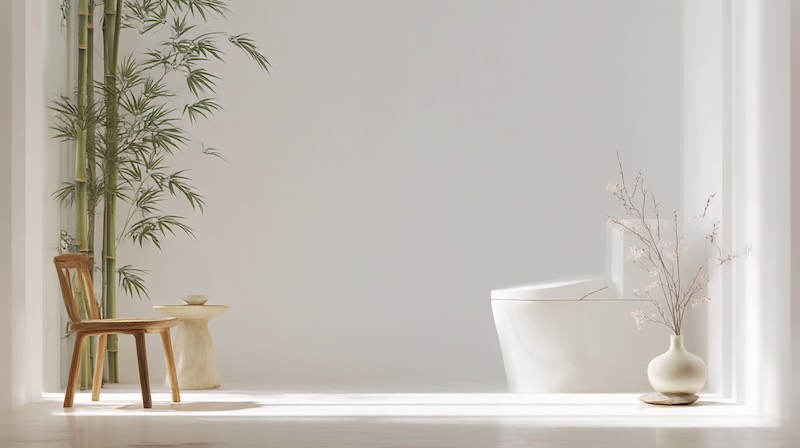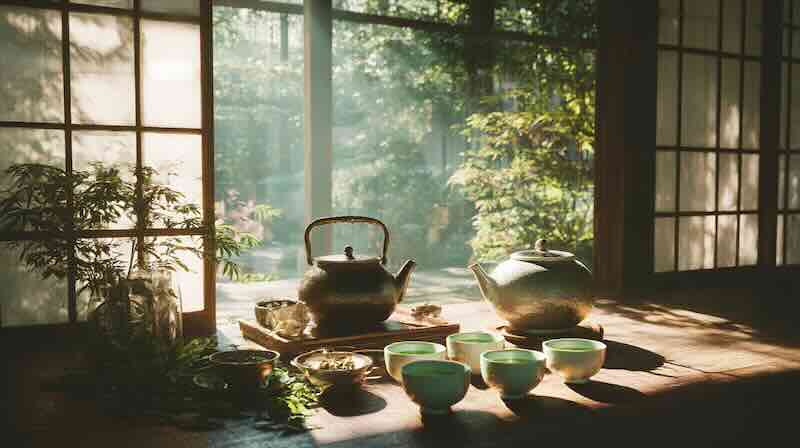Japanese bathrooms are famously clean, organized, and thoughtfully designed—often surprising first-time visitors to Japan. This meticulous hygiene isn’t just about technology or aesthetics. It’s rooted in centuries of cultural values that treat cleanliness not only as a habit, but as a way of respecting space, community, and even the spirit.
A Visitor’s Impression
If you’ve ever used a bathroom in a Japanese home, hotel, or even train station, you may have noticed sparkling floors, a lack of odors, and thoughtful touches like toilet slippers or bidet-equipped toilets. For many travelers, Japanese bathrooms seem almost too clean to be real—especially compared to typical public restrooms elsewhere.
So why are Japanese bathrooms so impeccably clean? The answer lies in Japan’s deep-seated beliefs about purity, space, and shared responsibility.
Historical and Cultural Roots
The Japanese notion of cleanliness goes far beyond wiping down surfaces—it has spiritual, social, and historical dimensions. In Shinto, Japan’s indigenous belief system, physical purity is essential for spiritual balance. Ritual cleansing (misogi) and the removal of “kegare” (impurity) are foundational practices. This mindset naturally extends to spaces associated with water—like bathrooms.
Over time, these beliefs were reinforced by Buddhist influences, which emphasized discipline and order in both personal and communal life. During the Edo period, city planning began to reflect these values: separate zones were created for cooking, sleeping, and bodily functions—each with its own expectations for hygiene.
Cleanliness as a Daily Practice
Modern Japanese homes continue this tradition through daily rituals that may seem excessive elsewhere but are seen as normal in Japan:
- Dedicated bathroom slippers are often used to avoid spreading germs from the toilet area into other rooms.
- Bathrooms are frequently cleaned, even if they don’t appear dirty.
- Ventilation and humidity control are prioritized to prevent mold buildup.
- High-tech toilets often include self-cleaning features and deodorization systems.
This focus on hygiene aligns with other household customs—like removing shoes at the entrance—which mark the boundary between the outside (dirty) and the inside (clean). You can read more about this practice in
Why Do People Take Their Shoes Off Indoors?
Together, these practices create a home environment where cleanliness is part of the social fabric—not just personal preference.
Extending Cleanliness to Shared Spaces
Importantly, the Japanese commitment to clean bathrooms isn’t limited to private homes. Public bathhouses (sento) and onsen are also upheld to exceptionally high standards. Visitors are expected to scrub themselves thoroughly before entering the communal bath—a practice that reflects mutual respect as much as hygiene.
In fact, Japanese public bath culture is a fascinating window into how cleanliness, order, and social harmony intersect. To explore this further, check out
Japanese Bathhouse Culture: From Ancient Temples to Modern Sento
Cleanliness as Healing: The Onsen Connection
In Japan, being clean isn’t just about avoiding germs—it’s about healing the mind and body. This is especially evident in onsen culture, where mineral-rich hot springs are not only places of relaxation, but also of renewal and purification.
Some of Japan’s most famous onsen towns, like Kusatsu, have long histories of promoting health through cleanliness. These places maintain strict cleaning protocols and an atmosphere of serenity, reinforcing the cultural equation between “clean” and “good.”
Learn more about this philosophy of wellness in
Kusatsu Onsen: Japan’s Legendary Hot Spring of Healing
Common Misconceptions
Some visitors interpret Japan’s cleanliness as a sign of germophobia or obsessive behavior. In reality, it’s more nuanced. Japanese cleanliness is not just about sterilization—it’s about respect.
- Respect for space: keeping shared areas usable for the next person.
- Respect for boundaries: separating clean and unclean zones.
- Respect for community: not making others uncomfortable through messiness.
In this way, Japanese cleanliness is more social than individualistic.
Summary
Japanese bathrooms are clean not just because of good technology or strong detergents—but because cleanliness is embedded in Japan’s cultural DNA. From spiritual roots to modern design, from homes to public spaces, keeping bathrooms clean is an act of respect, mindfulness, and care.
Travel Tips:
- Look for designated toilet slippers in homes and ryokan.
- Use bidet functions and seat sanitizers properly in public restrooms.
- Don’t enter a bathtub in a Japanese home or onsen without washing first.
Cleanliness isn’t just a habit in Japan—it’s a way of being.


